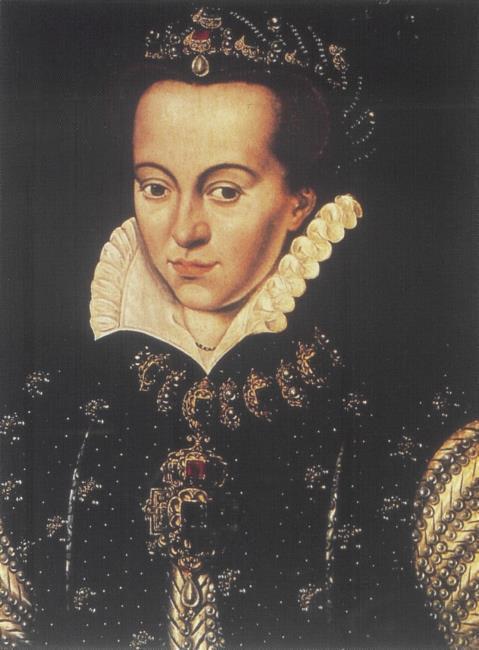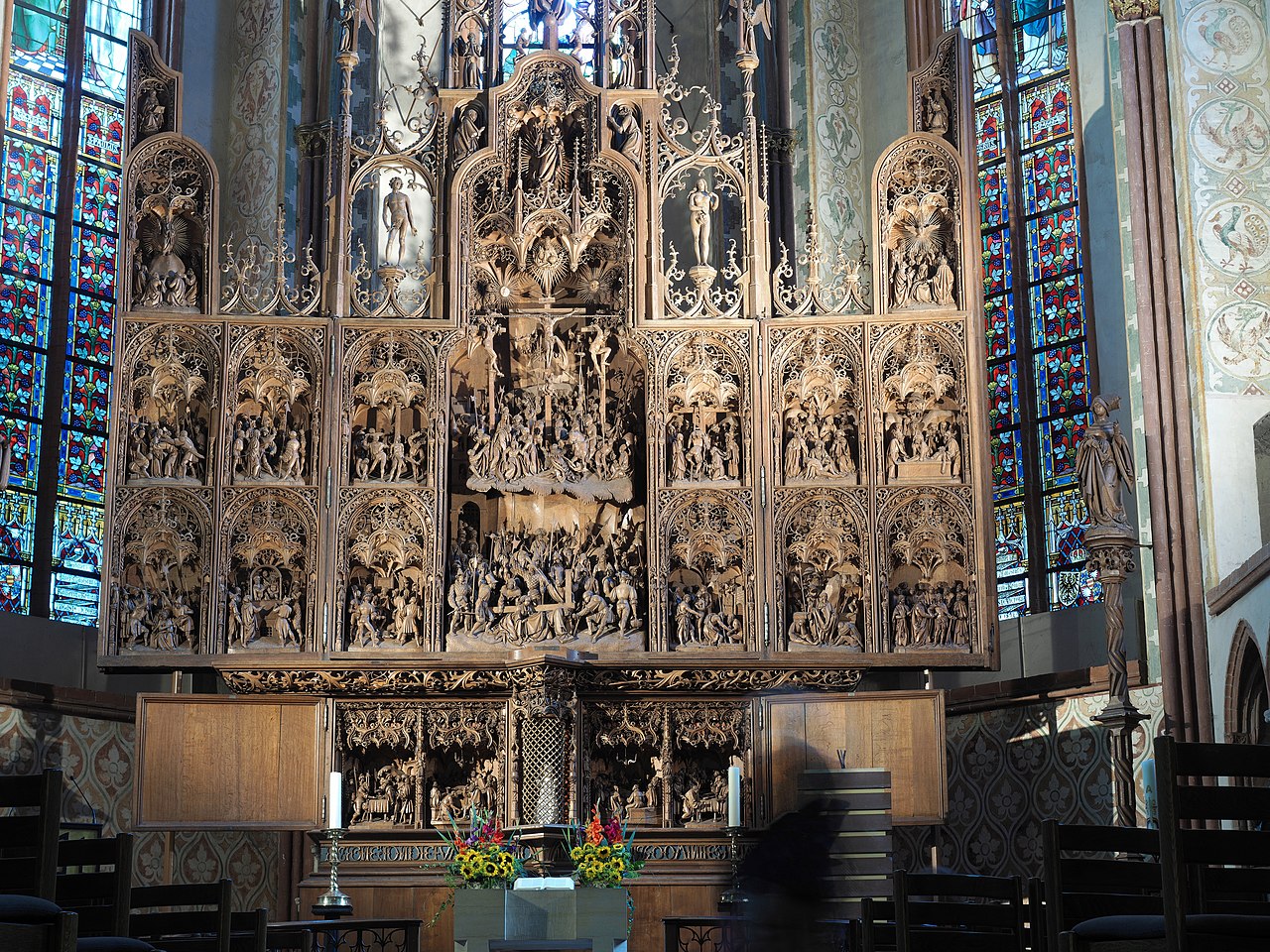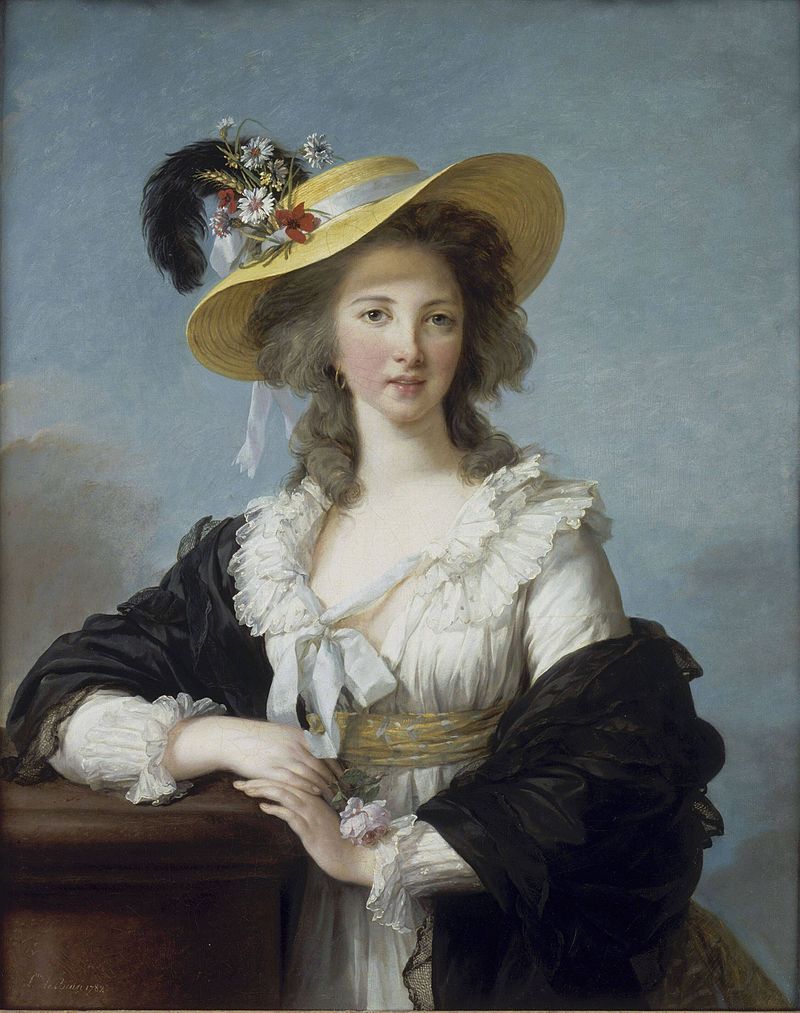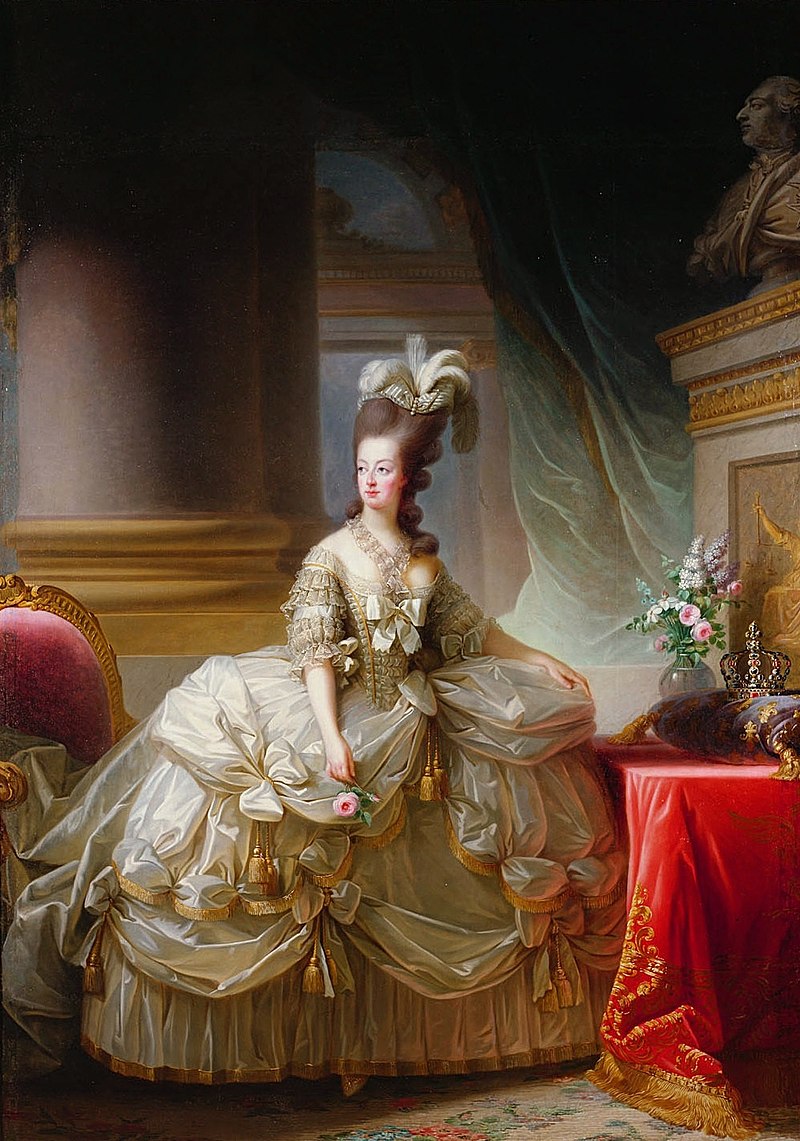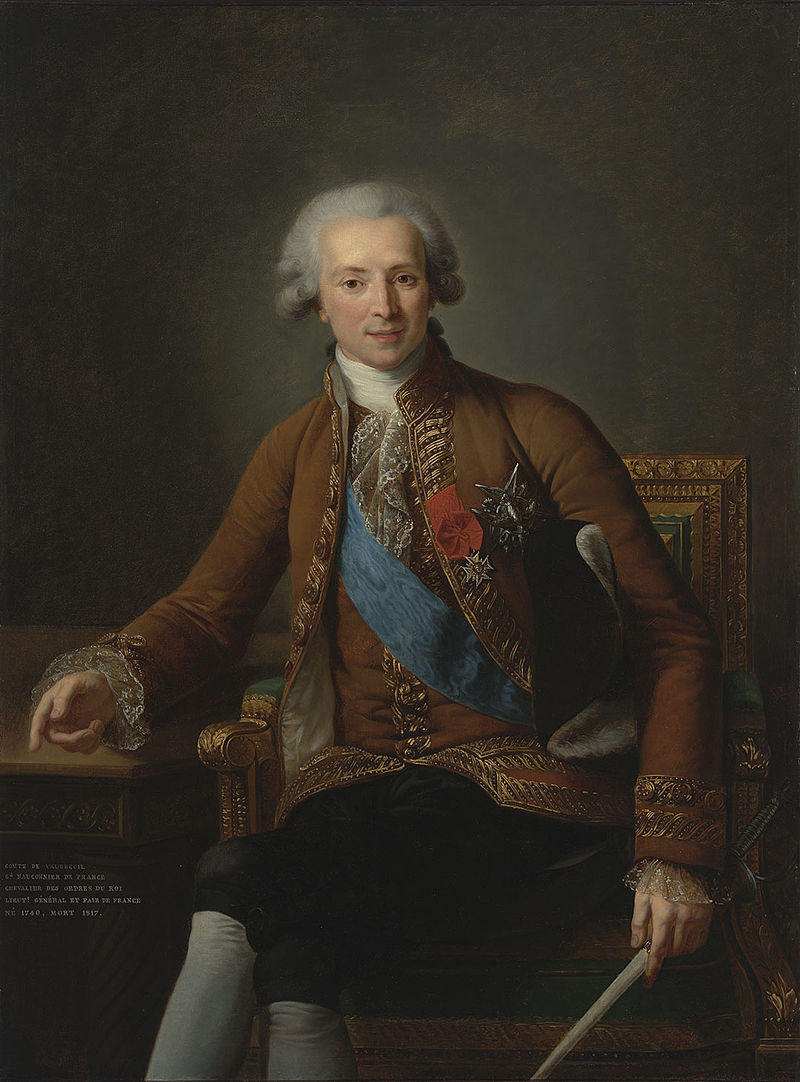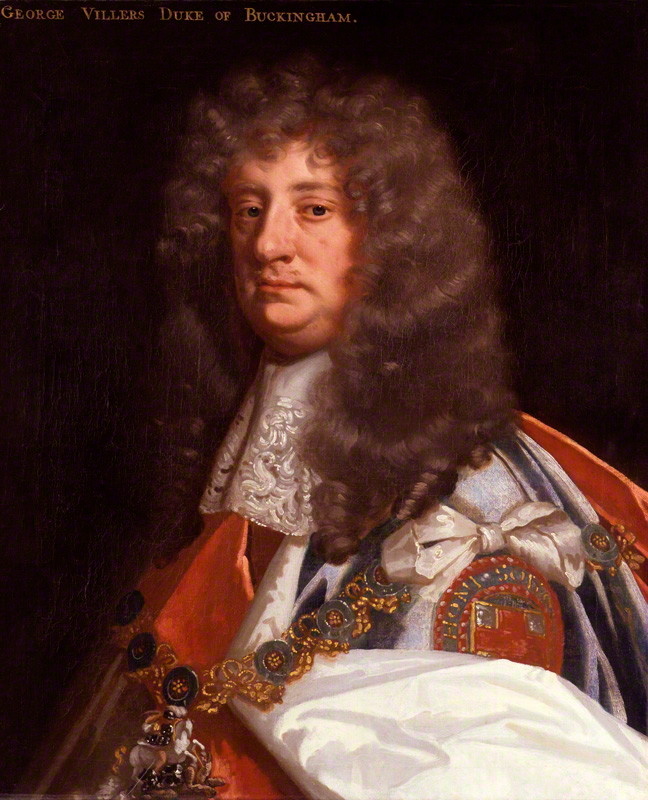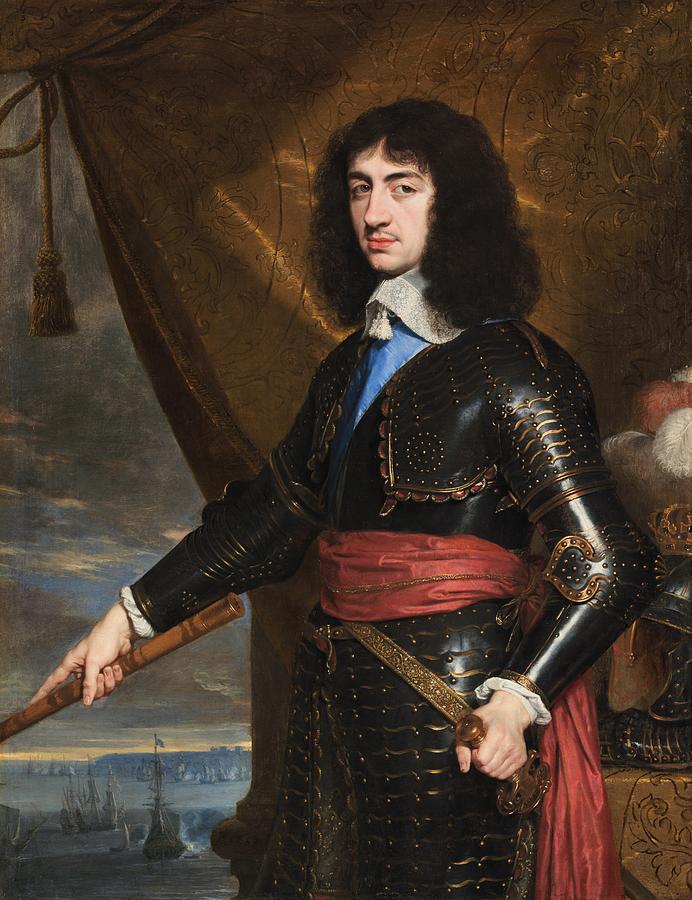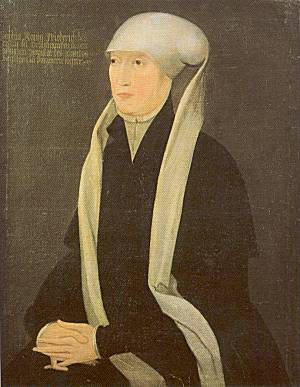by Susan Flantzer
© Unofficial Royalty 2021

Anne as a debutante – Credit – Anne Veronica (née Coke), Baroness Glenconner by Navana Vandyk, whole-plate film negative, 8 May 1950, NPG x97522 © National Portrait Gallery, London
In 1971, Anne Tennant, Baroness Glenconner became a lady-in-waiting to Princess Margaret, Countess of Snowdon, the sister of Queen Elizabeth II of the United Kingdom, and remained a lady-in-waiting until Princess Margaret’s death in 2002. In 2020, Anne Tennant’s memoir Lady in Waiting: My Extraordinary Life in the Shadow of the Crown was published. Her reason for writing the memoir was because she “was so fed up with people writing such horrible things about Princess Margaret.”
Anne Tennant, Baroness Glenconner was born Anne Veronica Coke (pronounced “Cook”) on July 16, 1932, in London, England, the eldest of the three daughters of Thomas Coke, the future 5th Earl of Leicester (1908 – 1976) and Lady Elizabeth Mary Yorke (1912 – 1985), daughter of Charles Yorke, 8th Earl of Hardwicke. Anne’s father, who became the 5th Earl of Leicester in 1949, served as Equerry to the Duke of York (the future King George VI) from 1934-1937. When the Duke of York became King George VI, he became Extra Equerry to the king from 1937-1952, and then continued as Extra Equerry to Queen Elizabeth II. Anne’s mother served as Lady of the Bedchamber to Queen Elizabeth II from 1953 – 1973.
Anne had two younger siblings:
- Lady Carey Elizabeth Coke (1934 – 2018), married Bryan Ronald Basset, had three sons
- Lady Sarah Marion Coke (born 1944), married Major David Finlayson Wylie-Hill Walter, had two sons

Holkham Hall, Anne’s childhood home; Credit – By Holkham.j.lewis – Own work, CC BY-SA 4.0, https://commons.wikimedia.org/w/index.php?curid=77267021
Anne spent her childhood at Holkham Hall, the 18th century Coke family country estate in Holkham, Norfolk, England. Sandringham House, the British monarch’s personally-owned country estate, was only 18 miles from Holkham Hall, and so Anne was a regular playmate of Princess Elizabeth and Princess Margaret. King George VI and his wife Queen Elizabeth were friends with Anne’s parents. They saw each other socially and the Coke family always attended the annual Christmas party at Buckingham Palace.
During World War II, Anne and her sister Carey stayed with their paternal great-aunt the Countess of Airlie, born Lady Bridget Coke and her husband David Ogilvy, 12th Earl of Airlie, and the six Ogilvy children. Their playmates were the three youngest Ogilvy children: David Ogilvy, the future 13th Earl of Airlie, The Honorable Angus Ogilvy who married Princess Alexandra of Kent, the first cousin of Queen Elizabeth II and Princess Margaret, and The Honorable James Ogilvy.
Embed from Getty Images
Queen Elizabeth II with her maids of honor: (left to right) Lady Moyra Hamilton, Lady Anne Coke, Lady Rosemary Spencer-Churchill, Lady Mary Baillie-Hamilton, Lady Jane Heathcote-Drummond-Willoughby, Lady Jane Vane-Tempest-Stewart
In 1950, at the age of 18, Anne was formally presented at court and was named “debutante of the year” by Tatler which then was “an illustrated journal of society”. In 1953, Anne was selected to be one of the six maids of honor at the coronation of Queen Elizabeth II at Westminster Abbey.
Embed from Getty Images
Colin Tennant and Lady Anne Coke pictured as they announce their engagement
In the summer of 1955, Anne met Colin Tennant, the son and heir of Christopher Tennant, 2nd Baron Glenconner at a debutante party at the Ritz Hotel in London. Their engagement was announced on December 16, 1955. On April 21, 1956, at St. Withburga’s Church in Holkham, Norfolk, England, Anne married Colin Tennant, the future 3rd Baron Glenconner. The Queen Mother and Princess Margaret attended the wedding. Antony Armstrong-Jones, Princess Margaret’s future husband, was the wedding photographer.
Anne and her husband had three sons and twin daughters:
- The Honorable Charles Tennant (1957 – 1996), married Sheilagh Scott, had one son, Cody Tennant who became the 4th Baron Glenconner upon the death of his grandfather in 2010
- The Honorable Henry Tennant (1960 – 1990), married Teresa Cormack (died 2018), had one son
- The Honorable Christopher Tennant (born 1968), married (1) Anastasia Papadakos, had two daughters, divorced (2) Johanna Lissack Hurn
- The Honorable May Tennant (born 1970), married Anton Creasy, had one daughter
- The Honorable Amy Tennant (born 1970), unmarried
Embed from Getty Images
Anne and Colin’s twin daughters with their nanny Barbara Barnes who later became Prince William’s nanny
Sadly, all three sons had major medical issues. The eldest son Charles died in 1996 from Hepatitis C due to his long-term heroin use. Henry, the second son, died from AIDS in 1990. Henry and his wife Tessa had a son Euan shortly before Henry told Tessa that he was gay. The couple separated but remained close. Their son Euan Tennant manages The Glen, the Tennant family estate in Traquair, Scotland. The youngest son Christopher suffered severe brain damage in a motorcycle accident in 1987 in Belize. He was found by a passing motorist and taken to the hospital, where he spent the next three months in a coma.
Embed from Getty Images
Queen Elizabeth II and the Duke of Edinburgh are greeted by Princess Margaret, Anne, and Colin as they arrive on Mustique during their 1977 Silver Jubilee Tour
Two years after Anne and Colin married, Colin bought the Caribbean island of Mustique £45,000. He built a new village for its inhabitants, planted coconut palms, vegetables, and fruit, and developed the fisheries. In 1960, Princess Margaret and her new husband Antony Armstrong-Jones visited Mustique while on their honeymoon cruise to accept a wedding gift from Colin, a plot of land on which Princess Margaret built a villa called Les Jolies Eaux, French for “the pretty waters.” Due to financial issues, by 1987, Colin had sold, by 1987, all of his financial interest in Mustique. After that Anne and Colin lived in England and in the Caribbean island country of St. Lucia.
In early 1971, shortly after the christening of Anne’s twin daughters, at which Princess Margaret was May’s godmother, the princess asked Anne to become one of her ladies-in-waiting. Anne accompanied Princess Margaret on many engagements and tours and she once stood in for Princess Margaret on a trip to the Philippines to meet with Imelda Marcos when Margaret became ill. For her service to the royal family, Anne received the Royal Victorian Order on June 14, 1991.

The Glen, the Tennant family country estate; Credit – By Jim Barton, CC BY-SA 2.0, https://commons.wikimedia.org/w/index.php?curid=13581551
Prior to a dinner party during the summer of 1973 at The Glen, the Tennant family home, where Princess Margaret would be a guest, another guest canceled at the last minute. At the suggestion of Colin’s aunt, Anne called Roddy Llewellyn, the younger son of Sir Harry Llewellyn, 3rd Baronet, an Olympic gold medallist in show jumping. At that dinner party, the 43-year-old still-married Princess Margaret first met 25-year-old Roddy Llewellyn. Their much-publicized eight-year relationship was a factor in the end of Princess Margaret’s marriage. After Princess Margaret’s funeral in 2002, the Queen Mother discussed Roddy Llewellyn with Anne and thanked her for having introduced her daughter to Roddy, because “he made her really happy.”
In 1994, Princess Margaret, Anne, and Colin attended a dinner at mutual friends’ home in Mustique. During that dinner, Princess Margaret suffered her first stroke. Over the following year, Anne noticed Margaret becoming gradually slower and moments where she would suddenly lose her place. In 1999, while in Mustique, Margaret scalded her feet in the bath. Although Anne was not in Mustique, she rushed there to be with Margaret. When Margaret refused to go home to England for treatment, Anne called Queen Elizabeth who persuaded her sister to come home. After that, Princess Margaret was wheelchair-bound. She had two more strokes and her eyesight began to fail. When Anne was not on duty, she visited Margaret as much as possible. Margaret spent Christmas 2001 at Sandringham with her family but Anne, who was also in Norfolk, had to be called in because Margaret refused to eat and seemed to have given up on life. Anne managed to get Margaret to eat a jam tart, watch her favorite television programs, and settle down.
Embed from Getty Images
Princess Margaret making one of her rare public appearances shortly after she scalded her feet, accompanied by her lady-in-waiting Anne Tennant, March 20, 2000
After the Christmas holidays, Princess Margaret returned to her London home at Kensington Palace. Anne visited her, read to her, and listened to the radio with her. On the evening of February 8, 2002, Anne received a phone call from Princess Margaret’s Private Secretary saying that Margaret had suffered another stroke and that the prognosis was not good. Princess Margaret died early the next morning. After Princess Margaret’s funeral service, Queen Elizabeth thanked Anne for all that she had done for Margaret. She acknowledged Roddy Llewllyn’s positive impact on her sister and was glad that her home on Mustique had made Margaret happy.
In 2009, Anne’s husband Colin was diagnosed with prostate cancer but was determined that no one should find out. He died on August 27, 2010, from a heart attack, at the age of 83, and was buried in the Traquair Kirkyard, near The Glen, the Tennant family home. Colin’s grandson Cody Tennant, the only child of Colin’s eldest son Charles succeeded as the 4th Baron Glenconner and received all property and funds connected to the Baron of Glenconnner title.
However, Colin left his family an unpleasant surprise. Colin had made a new will seven months before his death and had left everything not connected to the Baron of Glenconner title to Kent Adonai, a St. Lucia citizen, and his valet for 26 years who was with him when he had his fatal heart attack. The Tennant family contested the will and after an eight-year legal battle, the estate was divided more or less equally between Kent Adonai and Cody Tennant, 4th Baron Glenconner.
The family remains bitter over what Colin did but as Anne wrote in her memoir, “Obsessing about this would have driven me mad so, instead, I made a decision to move on.” Anne moved on with her life, living in the farmhouse in Norfolk, England that she had bought for herself years before, surrounded by her children, grandchildren, and great-grandchildren.
This article is the intellectual property of Unofficial Royalty and is NOT TO BE COPIED, EDITED, OR POSTED IN ANY FORM ON ANOTHER WEBSITE under any circumstances. It is permissible to use a link that directs to Unofficial Royalty.
Works Cited
- En.wikipedia.org. 2021. Anne Tennant, Baroness Glenconner. [online] Available at: <https://en.wikipedia.org/wiki/Anne_Tennant,_Baroness_Glenconner> [Accessed 18 February 2021].
- En.wikipedia.org. 2021. Colin Tennant, 3rd Baron Glenconner. [online] Available at: <https://en.wikipedia.org/wiki/Colin_Tennant,_3rd_Baron_Glenconner> [Accessed 18 February 2021].
- En.wikipedia.org. 2021. Thomas Coke, 5th Earl of Leicester. [online] Available at: <https://en.wikipedia.org/wiki/Thomas_Coke,_5th_Earl_of_Leicester> [Accessed 18 February 2021].
- Glenconner, Anne, 2020. Lady in Waiting: My Extraordinary Life in the Shadow of the Crown. New York: Hachette Book Group, Inc.
- Thefreelibrary.com. 2000. FAITH HEALER SAVED MY THIRD SON FROM DEATH; Tennant matriarch finds peace in India. – Free Online Library. [online] Available at: <https://www.thefreelibrary.com/FAITH+HEALER+SAVED+MY+THIRD+SON+FROM+DEATH%3B+Tennant+matriarch+finds…-a060956241> [Accessed 18 February 2021].



